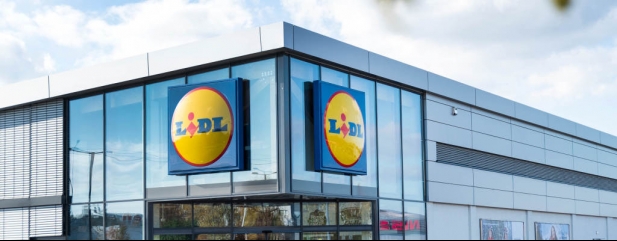The latest grocery market share data from research firm Kantar makes chilling reading for the big four supermarket groups.
First, the 12-week ‘till roll’ data shows the market has been contracting in value terms for an unprecedented 10 months as shoppers make fewer shopping trips.
More worrying for the retailers is the fact volume sales were down more than 10% in the 12 weeks to late March as shoppers not only visited less frequently but reduced the size of their baskets ahead of the hike in energy prices.
It is only the fact food prices are up more than 5% in the last month, the highest rate of inflation since 2012, which is keeping supermarket revenues from falling at the same rate.
Kantar also revealed that as the cost of living weighs on shoppers’ minds, own-label products – which are usually cheaper than branded alternatives – now account for over 50% of customer spending.
The second thing which will send a shiver down the spines of management at the big retailers is the speed with which the discounters Aldi and Lidl are taking market share. They now account for 15% of all spending compared with 13% a year ago.
To put that in perspective, Sainsbury’s (SBRY) market share is 15.1% against 15.6% this time last year, Asda’s share is 14.5% against 14.8% and Morrisons’ shares is 9.5% against 10.3%. The chart shows the two-year comparable figures.
The only grocers to have maintained their market share in the past year are Tesco (TSCO) at 27.4%, Co-op at 6% and Ocado (OCDO) at 1.8%.
Meanwhile, Government legislation on HFSS (high fat, salt and sugar) foods means the end of promotions this October on crisps, biscuits and other foods deemed unhealthy by the Department of Health.
HFSS products must also be removed from store entrances, the ends of aisles and checkouts before October to reduce ‘impulse buying’.
Asda and Morrison run over 300 HFSS promotions per week on average, while Tesco runs around 120 promotions. Sainsbury’s has already stopped multi-buy promotions on all HFSS products.
‹ Previous2022-04-14Next ›

 magazine
magazine








